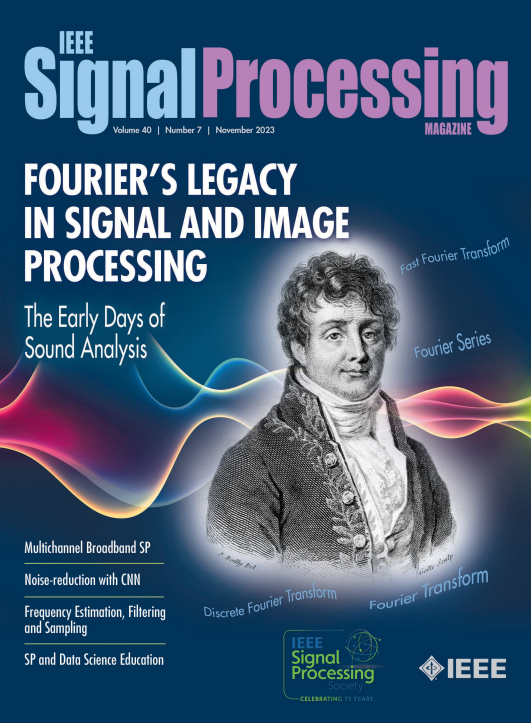Neural Speech and Audio Coding: Modern AI technology meets traditional codecs [Special Issue On Model-Based and Data-Driven Audio Signal Processing]
IF 9.6
1区 工程技术
Q1 ENGINEERING, ELECTRICAL & ELECTRONIC
引用次数: 0
Abstract
This article explores the integration of model-based and data-driven approaches within the realm of neural speech and audio coding systems. It highlights the challenges posed by the subjective evaluation processes of speech and audio codecs and discusses the limitations of purely data-driven approaches, which often require inefficiently large architectures to match the performance of model-based methods. The study presents hybrid systems as a viable solution, offering significant improvements to the performance of conventional codecs through meticulously chosen design enhancements. Specifically, it introduces a neural network-based signal enhancer that is designed to postprocess existing codecs’ output, along with the autoencoder-based end-to-end models and LPCNet–hybrid systems that combine linear predictive coding (LPC) with neural networks. Furthermore, the article delves into predictive models that operate within custom feature spaces (TF-Codec) or predefined transform domains (MDCTNet) and examines the use of psychoacoustically calibrated loss functions to train end-to-end neural audio codecs. Through these investigations, the article demonstrates the potential of hybrid systems to advance the field of speech and audio coding by bridging the gap between traditional model-based approaches and modern data-driven techniques.神经语音和音频编码:现代人工智能技术与传统编解码器的结合[基于模型和数据驱动的音频信号处理特刊]
本文探讨了神经语音和音频编码系统领域中基于模型和数据驱动方法的集成。它强调了语音和音频编解码器的主观评估过程所带来的挑战,并讨论了纯数据驱动方法的局限性,这些方法通常需要低效的大型架构来匹配基于模型的方法的性能。该研究提出了混合系统作为一种可行的解决方案,通过精心选择的设计增强,为传统编解码器的性能提供了显着改进。具体来说,它引入了一个基于神经网络的信号增强器,用于对现有编解码器的输出进行后处理,以及基于自编码器的端到端模型和lpcnet混合系统,该系统将线性预测编码(LPC)与神经网络相结合。此外,本文还深入研究了在自定义特征空间(TF-Codec)或预定义变换域(MDCTNet)内运行的预测模型,并检查了使用心理声学校准的损失函数来训练端到端神经音频编解码器。通过这些调查,本文展示了混合系统的潜力,通过弥合传统的基于模型的方法和现代数据驱动技术之间的差距,来推进语音和音频编码领域。
本文章由计算机程序翻译,如有差异,请以英文原文为准。
求助全文
约1分钟内获得全文
求助全文
来源期刊

IEEE Signal Processing Magazine
工程技术-工程:电子与电气
CiteScore
27.20
自引率
0.70%
发文量
123
审稿时长
6-12 weeks
期刊介绍:
EEE Signal Processing Magazine is a publication that focuses on signal processing research and applications. It publishes tutorial-style articles, columns, and forums that cover a wide range of topics related to signal processing. The magazine aims to provide the research, educational, and professional communities with the latest technical developments, issues, and events in the field. It serves as the main communication platform for the society, addressing important matters that concern all members.
 求助内容:
求助内容: 应助结果提醒方式:
应助结果提醒方式:


